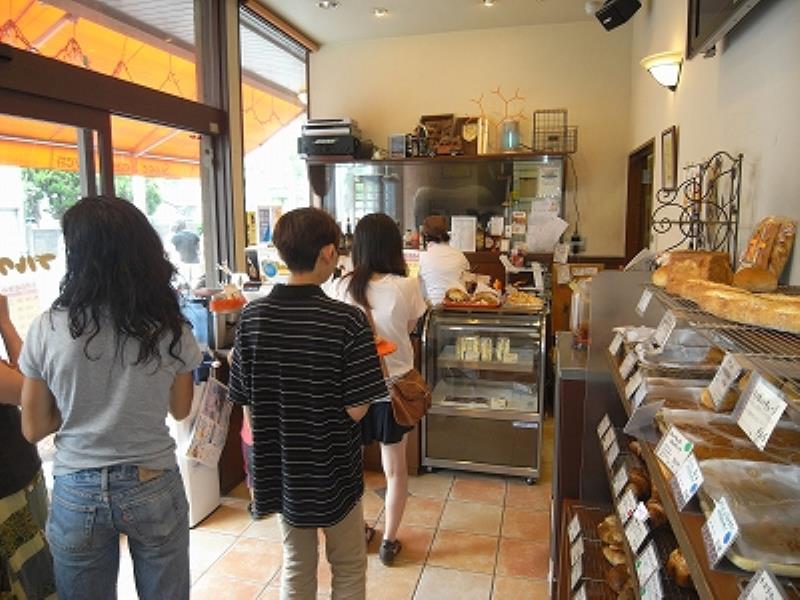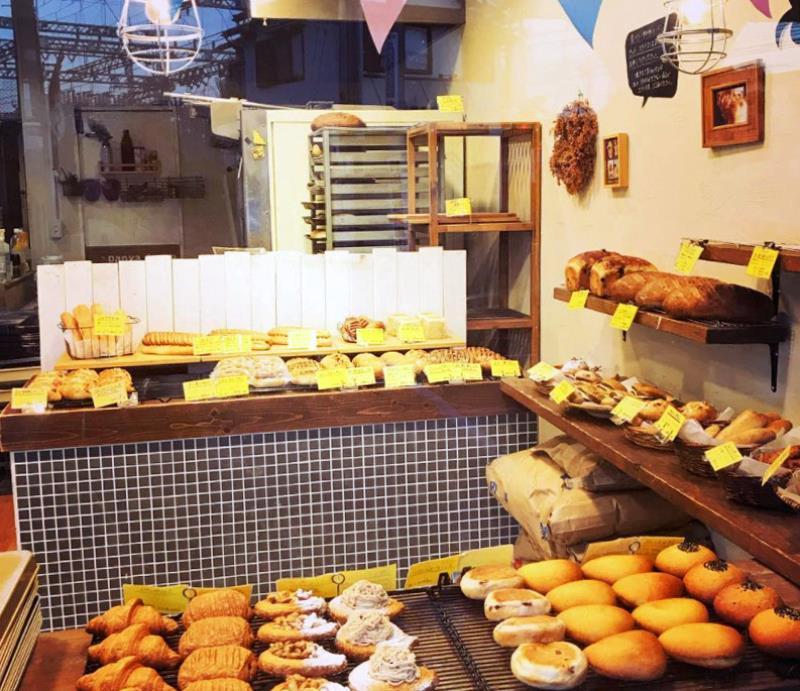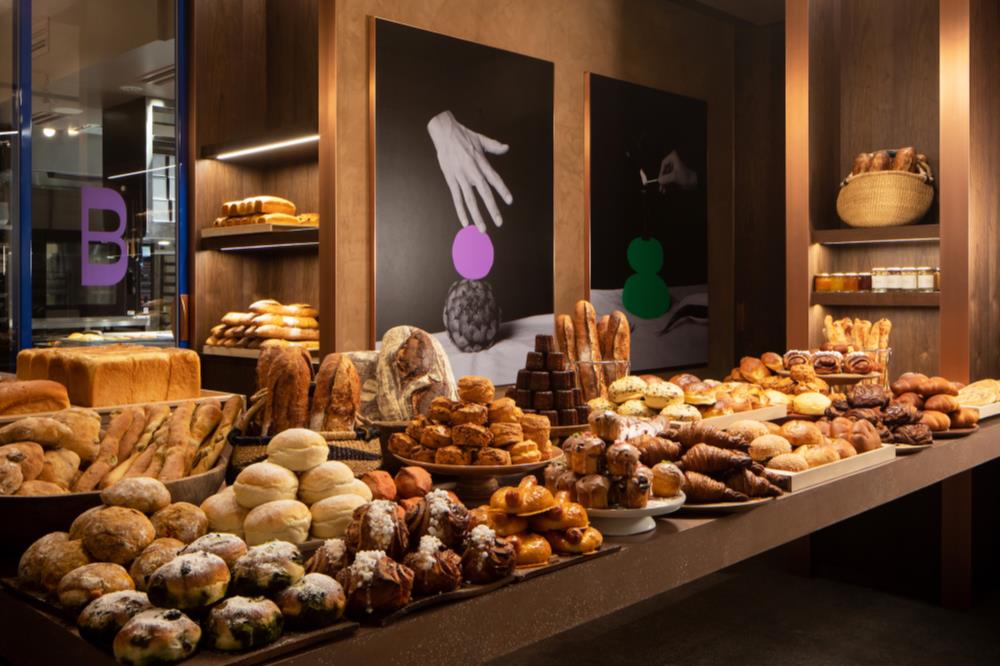Self-service and In-person Sales in Japanese Bakeries
Date of Issue: July 25, 2023 Category: Knowledge
Self-service and In-person Sales
| The survey project this time focused on the theme of "Self-service and In-person Sales." During the COVID-19 pandemic, the open display of bread in self-service areas raised concerns from an infection prevention perspective. As a result, many bakeries implemented measures to prevent droplet contamination, such as individually packaging bread or using transparent display cases that allow customers to open and close them with one hand while holding a tray. Although there seemed to be increased interest in more hygienic in-person sales after the pandemic, the survey results still indicated significantly higher support for self-service sales compared to in-person sales. However, due to the demand for strict hygiene management during the pandemic, the way bread is displayed in self-service shops also underwent significant changes. Rather than returning to pre-COVID-19 display methods once the pandemic ends, it would be appropriate to further evolve the various self-improvements achieved during the pandemic and carry them forward in a post-COVID-19 era. One of the most significant changes during the pandemic was individually wrapping bread in transparent bags as a measure to prevent infection by ensuring customers' droplets do not come into direct contact with the bread. Nevertheless, prior to the pandemic, despite hygiene concerns, open display of bread was widely accepted. This might be because displaying bread without packaging allows customers to easily confirm its appearance and texture. There are advantages in intuitively judging the freshness and condition of the bread, and it enhances the allure of freshly baked products. If so, it may be worth considering the idea of packaging the bread while displaying one sample of each bread item without packaging. If it is not feasible for all items, it could be done for the main products only. Although this may raise hygiene issues, providing tasting samples alongside the displayed bread could be another idea to consider. It may also be necessary to diligently communicate to customers the fact that "packaged bread remains fresh after the initial heat has dissipated" since there is a strong perception among consumers that packaged bread is not as fresh. Regardless, the key point when generating ideas is to recognize that every approach has both advantages and disadvantages. Thus, the goal is to maximize the advantages and minimize the disadvantages. A hybrid bakery combining self-service and in-person sales is also conceivable. This approach involves creating areas where customers can use self-service to pick bread onto their trays while also having a section where bakery staff assist customers in selecting bread from the display cases. Customers can freely choose whether to pick bread from the self-service area based on their preferences and needs or to select from the displayed bread in the showcase. The ratio of self-service to in-person sales space can be determined based on customer preferences and various store circumstances. Of course, the crucial aspect is to maximize the benefits of both self-service and in-person sales while minimizing their drawbacks. By adopting a hybrid approach, there is a potential to significantly expand the possibilities for leveraging the advantages and mitigating the drawbacks of each method. Throughout this current COVID-19 pandemic (which is not yet completely over), Japanese bakeries have faced significant challenges, leading them to contemplate many things and undergo significant evolution. Reflecting on the history of human evolution, it becomes evident that significant leaps occurred when the Earth's environment drastically changed, and survival became more challenging. These evolutionary leaps paved the way for the prosperity we experience today. Likewise, the Japanese bakery industry must ensure that the evolution achieved during this trying period is leveraged to usher in further prosperity in the future. |






